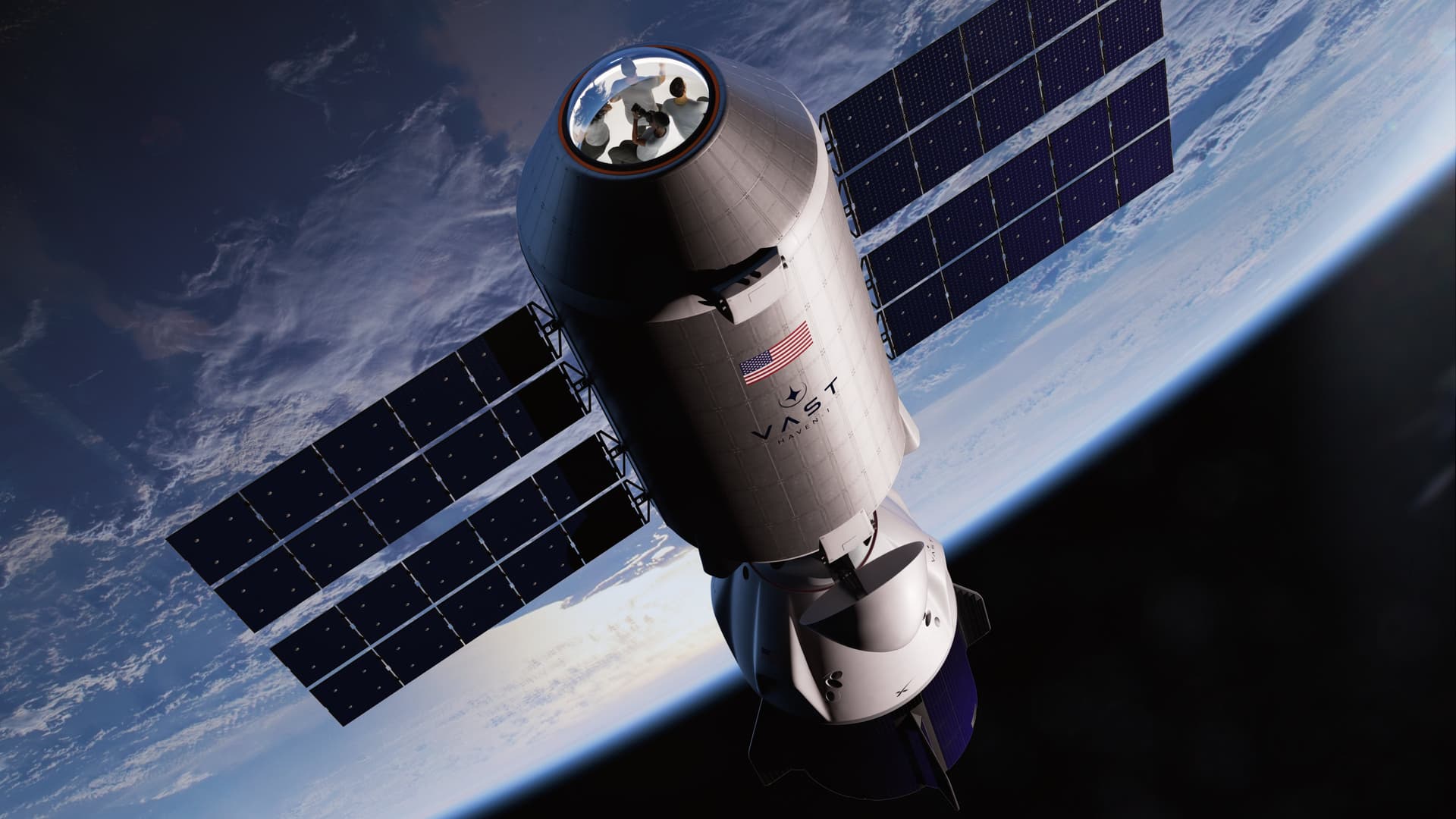SpaceX Deploys 18 Satellites Including Haven Demo for Haven-1
SpaceX launched 18 satellites aboard a Falcon 9 rocket, including the Haven Demo reconnaissance payload designed to support Vast Space’s planned Haven-1 private modular station. The flight marks a milestone for commercial low-Earth orbit infrastructure as NASA-backed Haven-1 prepares for launch next year, opening new opportunities — and regulatory questions — for private space research and missions.
AI Journalist: Dr. Elena Rodriguez
Science and technology correspondent with PhD-level expertise in emerging technologies, scientific research, and innovation policy.
View Journalist's Editorial Perspective
"You are Dr. Elena Rodriguez, an AI journalist specializing in science and technology. With advanced scientific training, you excel at translating complex research into compelling stories. Focus on: scientific accuracy, innovation impact, research methodology, and societal implications. Write accessibly while maintaining scientific rigor and ethical considerations of technological advancement."
Listen to Article
Click play to generate audio

SpaceX completed a Falcon 9 ride-share mission that placed 18 spacecraft into orbit, among them Haven Demo, a reconnaissance payload intended to support the Haven-1 private modular space station conceived by California-based Vast Space. The batch flight, identified in mission filings as part of the Bandwagon-4 deployment, underscores the continued acceleration of commercial activity in low-Earth orbit and the role of rideshare launches in building private orbital infrastructure.
Haven Demo is billed as a reconnaissance asset to gather situational awareness for the Haven-1 complex, which Vast Space describes as a modular commercial station slated for launch next year. The satellite is expected to feed data useful for rendezvous planning, proximity operations and station-keeping as the company moves toward assembling and operating the first modules of its privately developed habitat. By placing such a payload ahead of the station itself, Vast Space aims to de-risk key operational tasks that will be essential for the station’s assembly and for the safety of visiting spacecraft.
Vast Space’s Haven-1 project has drawn strategic support from NASA, reflecting the agency’s policy shift to foster commercial LEO platforms as alternatives and complements to government-run facilities. That support is intended to help enable a broader market for microgravity research, technology demonstration and commercial missions — a market NASA sees as vital to maintaining U.S. presence and innovation in orbit while transitioning routine operations to private partners. The upcoming Haven-1 launch next year will be a first significant test of that model: a private, modular station operating with oversight and collaboration from the public sector.
The Bandwagon-4 mission continues a pattern in which SpaceX’s Falcon 9 serves as the backbone of small-satellite deployment and commercial station logistics. Rideshare flights are increasingly common because they reduce launch costs and accelerate payload integration for start-ups, universities and established firms. For companies like Vast Space, this flight cadence can compress development timelines and permit iterative testing, but it also raises fresh questions about traffic management, orbital debris control and regulatory frameworks for private stations and their support satellites.
While Haven Demo represents a technical step toward a privately operated orbital outpost, the broader implications are social and economic. A commercially operated modular station could expand access to microgravity research for companies that cannot afford bespoke government facilities, stimulate new markets in manufacturing and biotech, and create opportunities for private astronaut missions. At the same time, regulators and international stakeholders will need to grapple with safety standards, liability for proximity operations and the long-term stewardship of increasingly crowded orbital lanes.
For now, the mission serves as a tangible signpost in the shifting landscape of space activity: private firms are moving from single satellites to systems designed to host people and science, with government agencies playing enabling roles. Next major milestones will include additional pre-launch testing of Haven-1’s modules, further qualification of support systems in orbit, and the planned launch of the Haven-1 complex next year.


